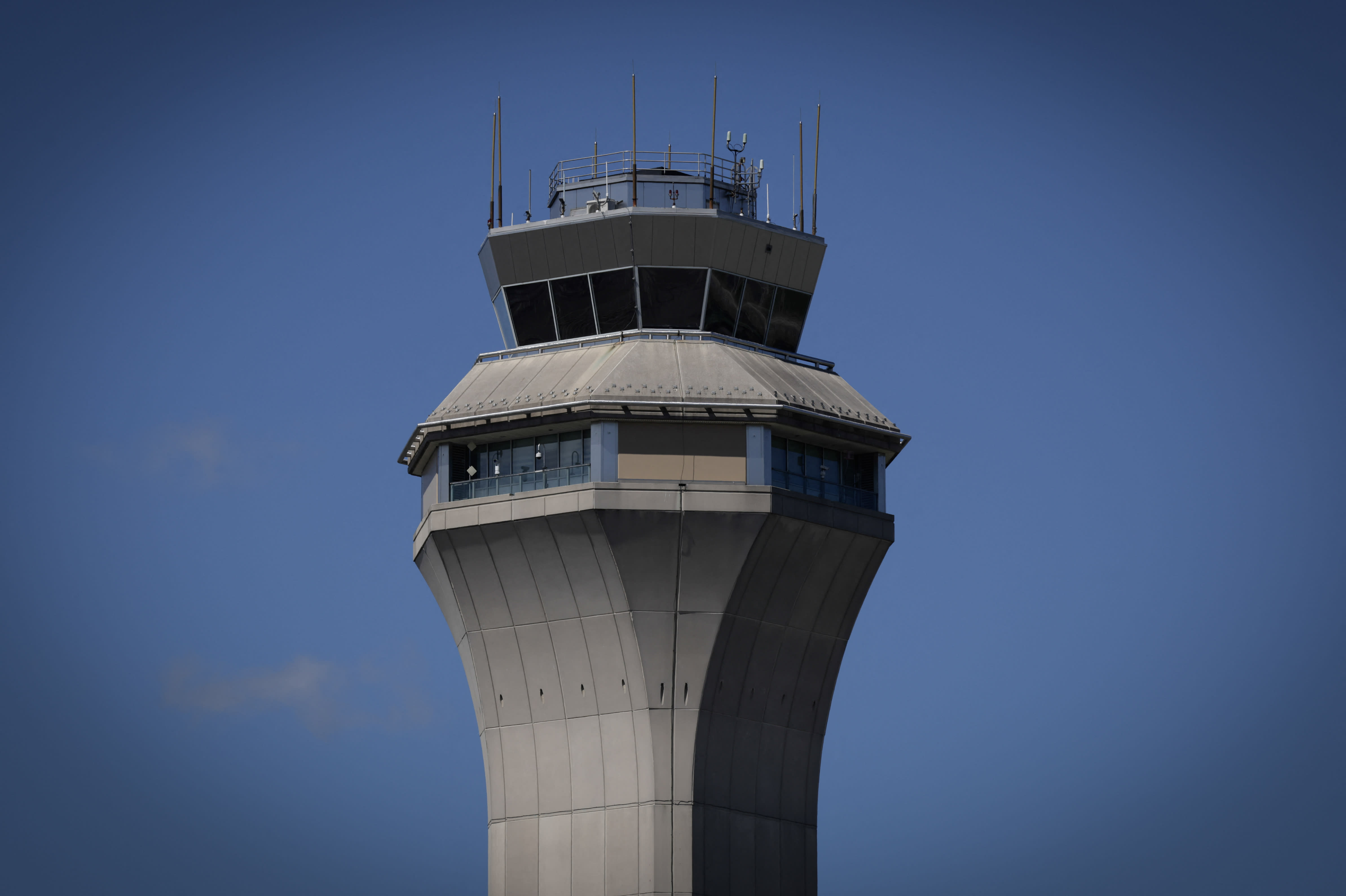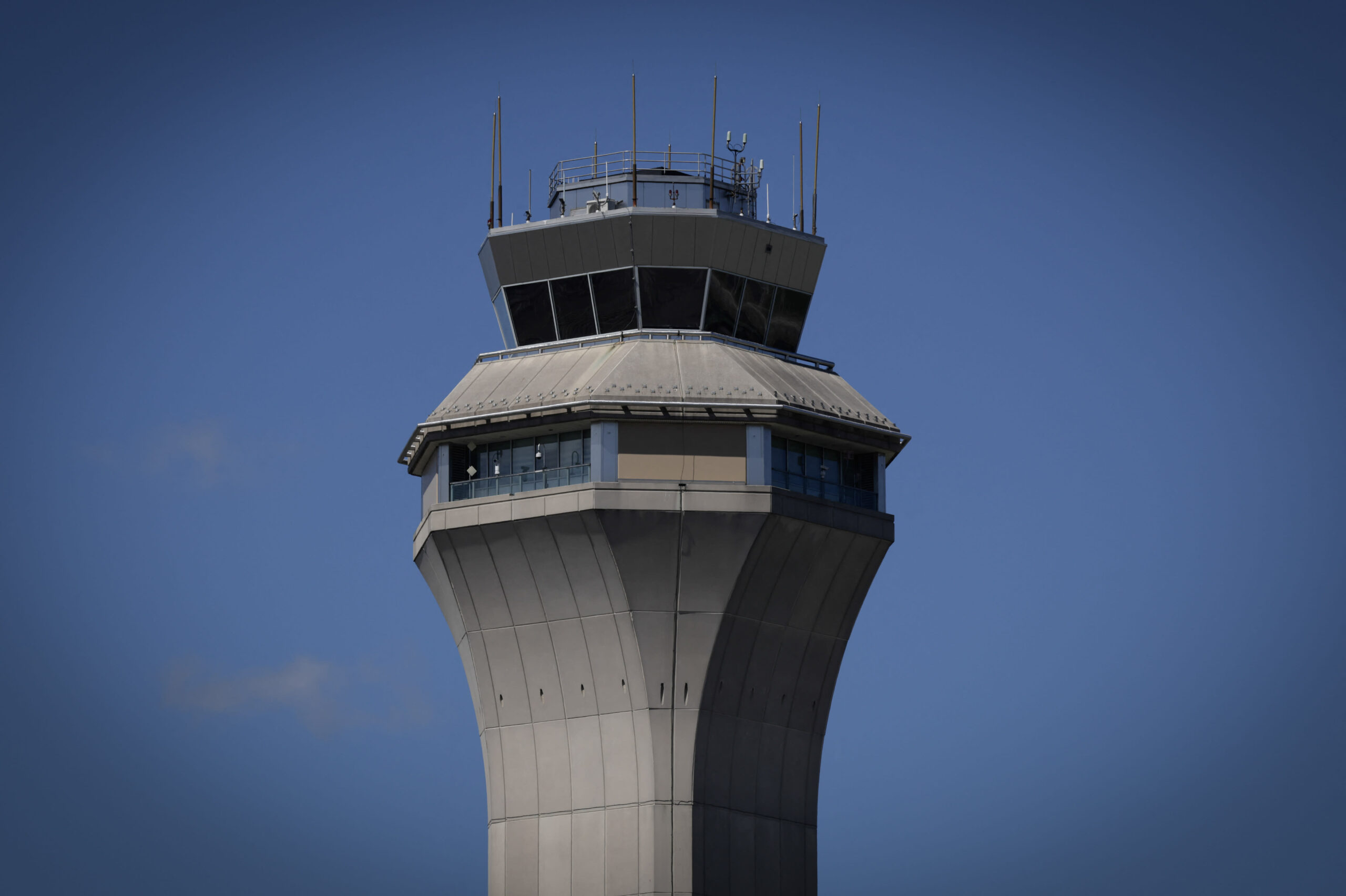
U.S. airlines will meet with the Federal Aviation Administration this week to discuss cutting flights at Newark Liberty International Airport after a series of equipment failures and air traffic controller shortages sparked hundreds of flight disruptions and drew more support to modernize aging U.S. aviation infrastructure.
“What you see in Newark is going to happen in other places across the country,” Transportation Secretary Sean Duffy said on NBC’s “Meet the Press” Sunday. “It has to be fixed.”
Air traffic controllers tasked with guiding planes in and out of the New Jersey airport late last month lost the ability to see and talk to planes for about 90 seconds. Disruptions lasted for days and topped 1,000 delays after several air traffic controllers took trauma leave because of the stress of the incident, the FAA said.
A similar equipment outage occurred before dawn on Friday. On Sunday, the FAA said there was a “telecommunications issue” at the same facility, forcing it to slow traffic in and out of Newark “while we ensured redundancies were working as designed.” Runway construction at Newark has added to delays, vexing executives as the busy summer travel season approaches.
The outages have reignited concerns about the aging U.S. air traffic control infrastructure and persistent shortages of air traffic controllers.
On Thursday, Duffy, accompanied by the CEOs of the largest U.S. airlines, unveiled an sweeping plan to modernize equipment and build new facilities. He didn’t offer a price tag, but industry officials say $31 billion is needed from Congress for upgrades and more hiring.
Airlines have repeatedly pulled back flights at busy airports in and around New York City in recent years because of staffing shortfalls.
United Airlines CEO Scott Kirby has been especially vocal about the need for flight cuts. The carrier operated more than 67% of the capacity at Newark, according to 2024 airport data. It said earlier this month said it would voluntarily cut 35 flights, about 10% of its daily Newark schedule, to ease strain on its operation.
“In ideal weather, with full staffing and with perfectly functioning technology, the FAA tells us that the airport can only handle 77 flights per hour,” Kirby said in a note to employees last week. “And yet, the FAA regularly approves schedules of 80+ flights per hour almost every day between 3:00pm and 8:00 p.m.”
“This math doesn’t work,” Kirby added in the note. “Especially when there is weather, staffing issues or technology breakdowns — the airspace, taxiways, and runways get backed up and gridlock occurs.”
The meeting about schedule reductions with airlines and the FAA is set for Wednesday at 9 a.m., the FAA said late Friday.


